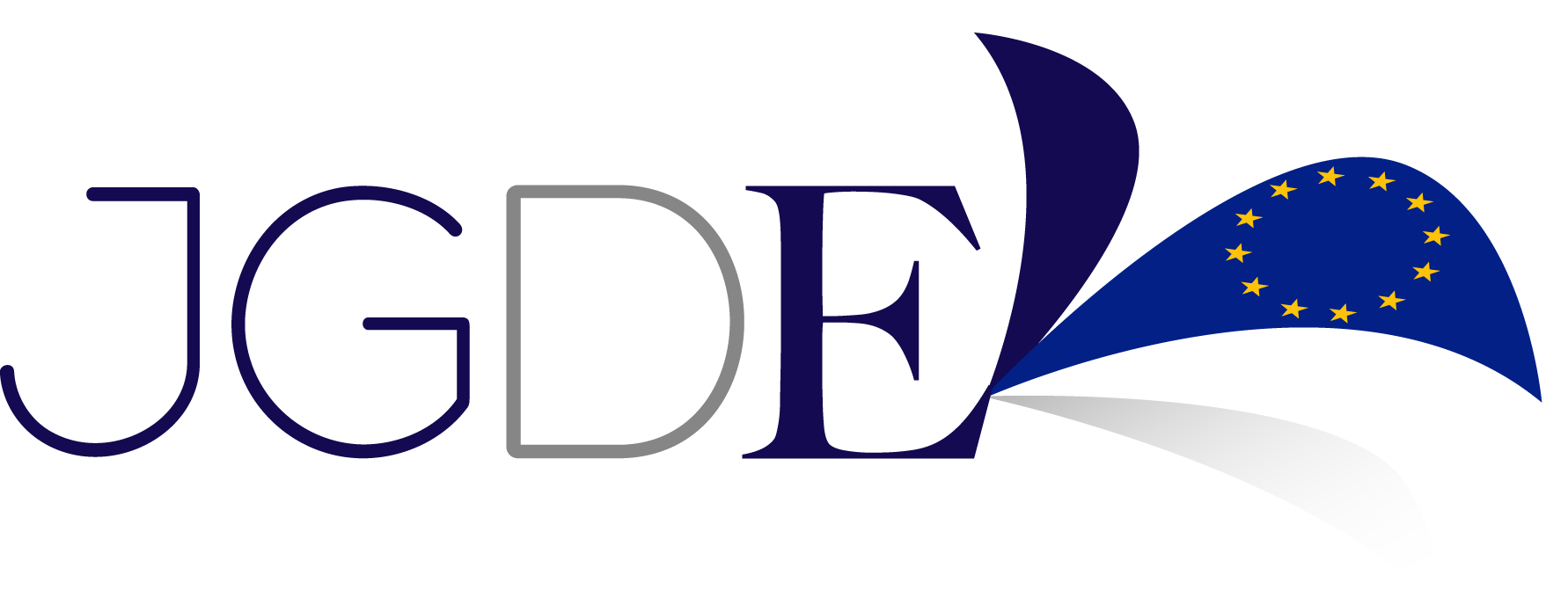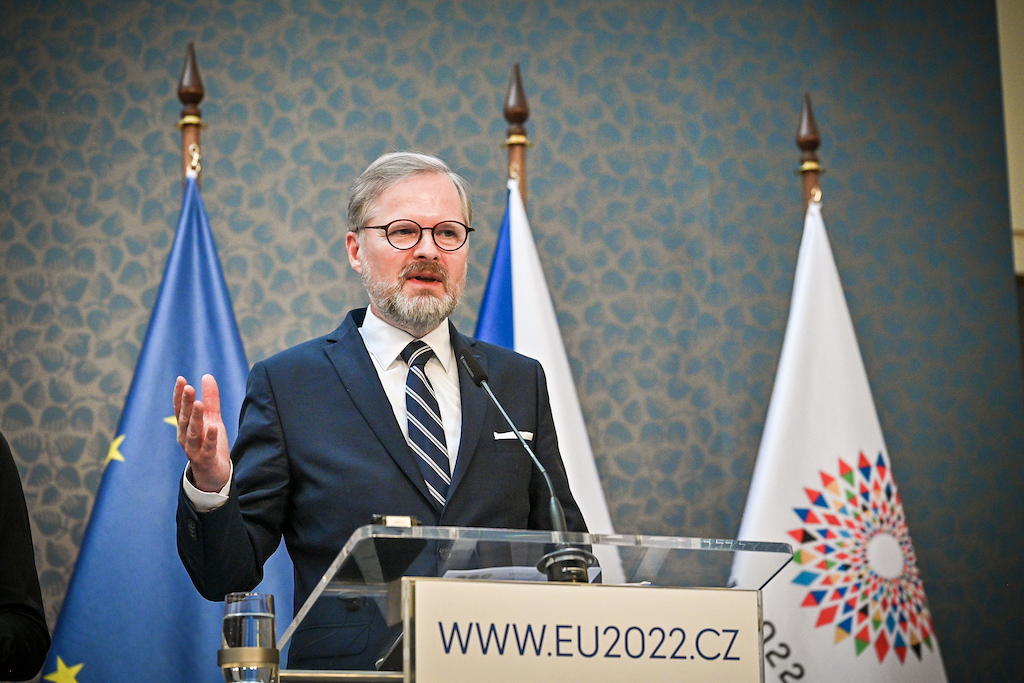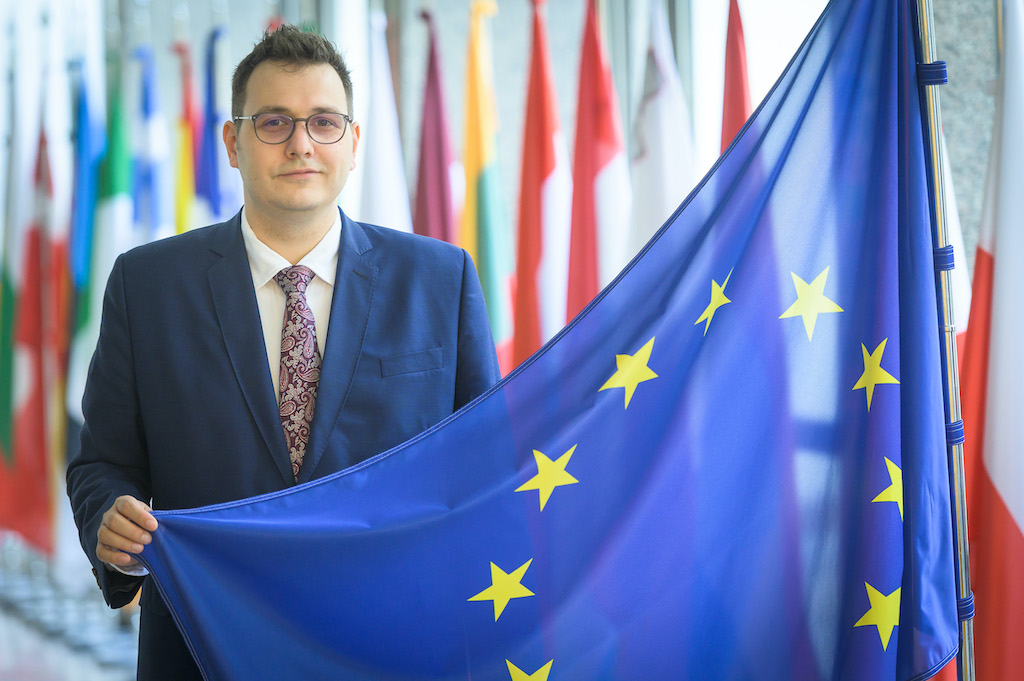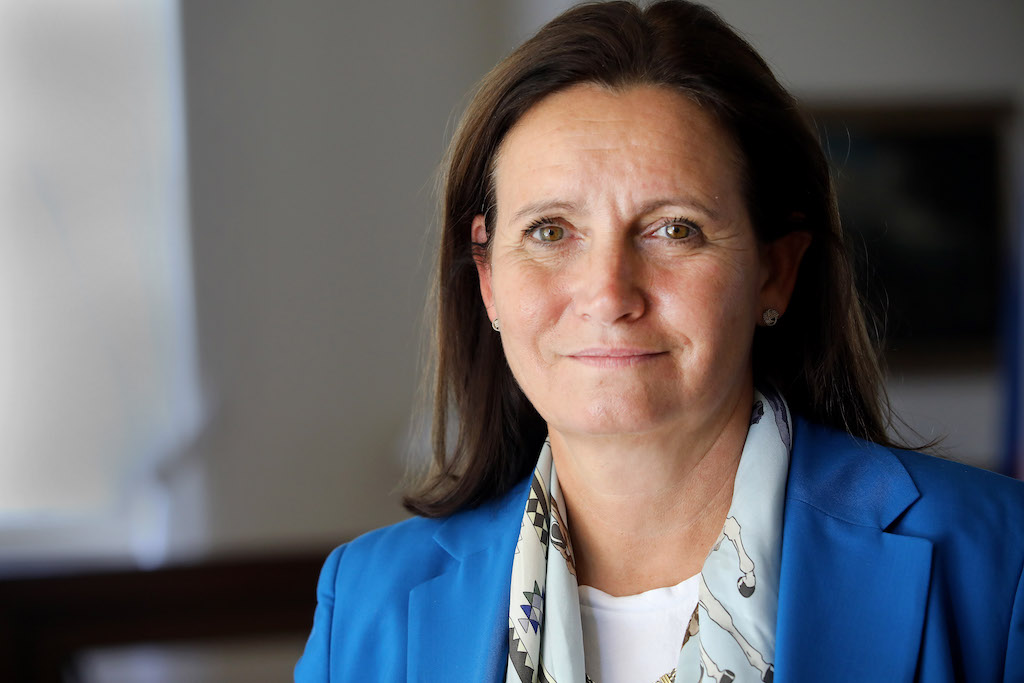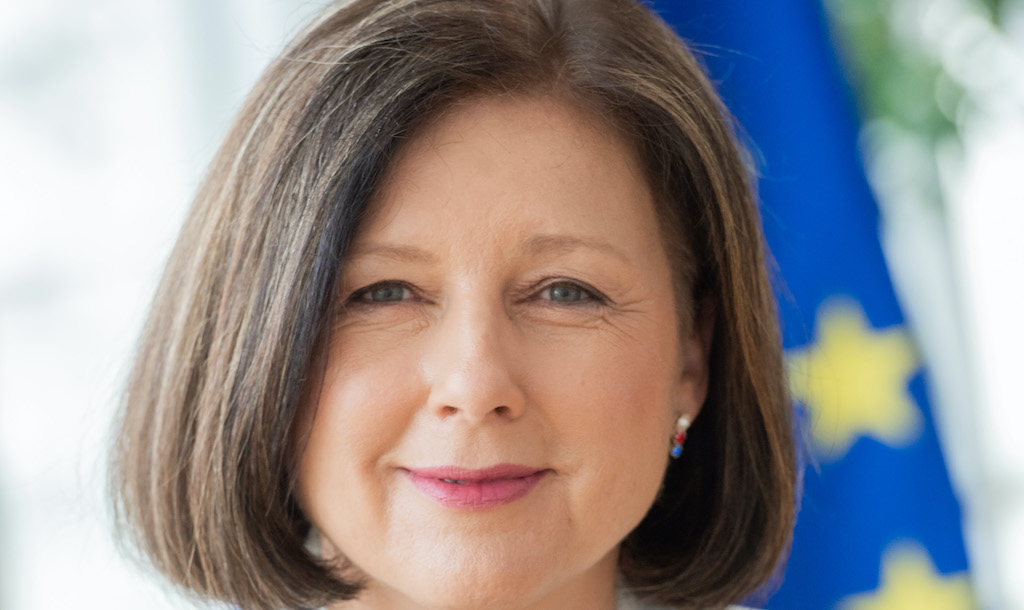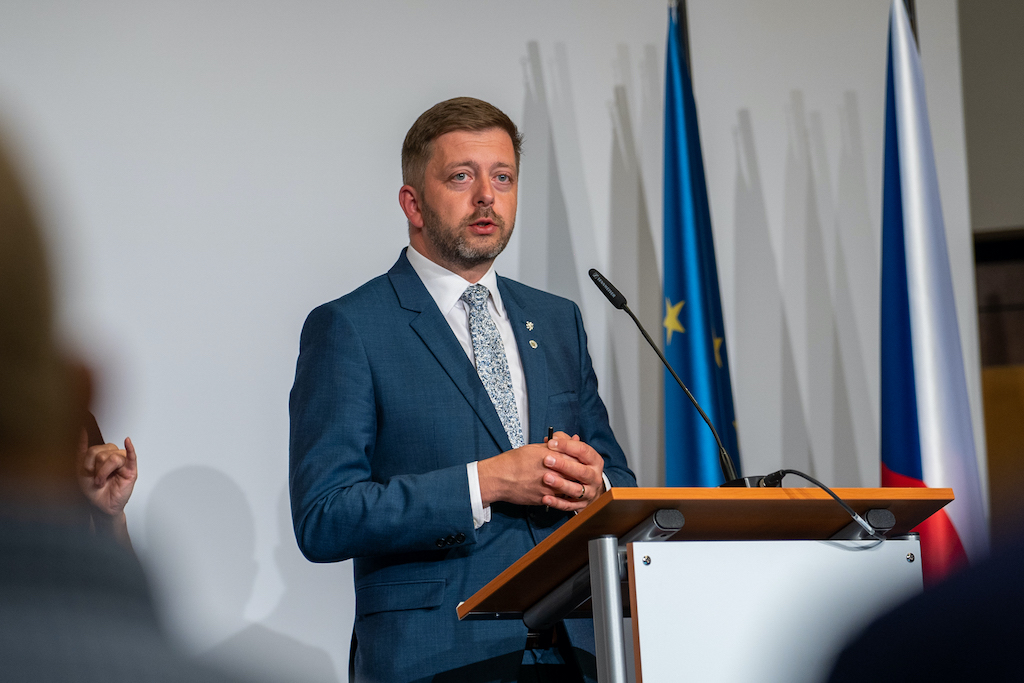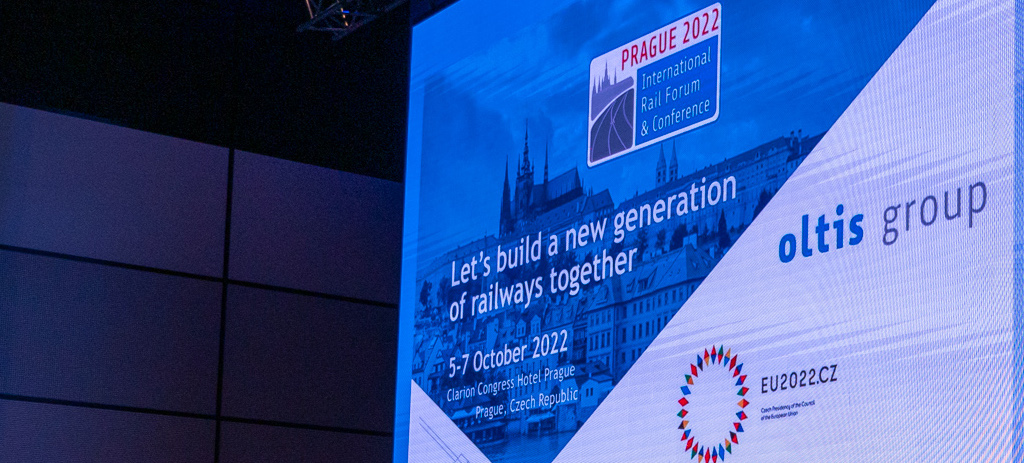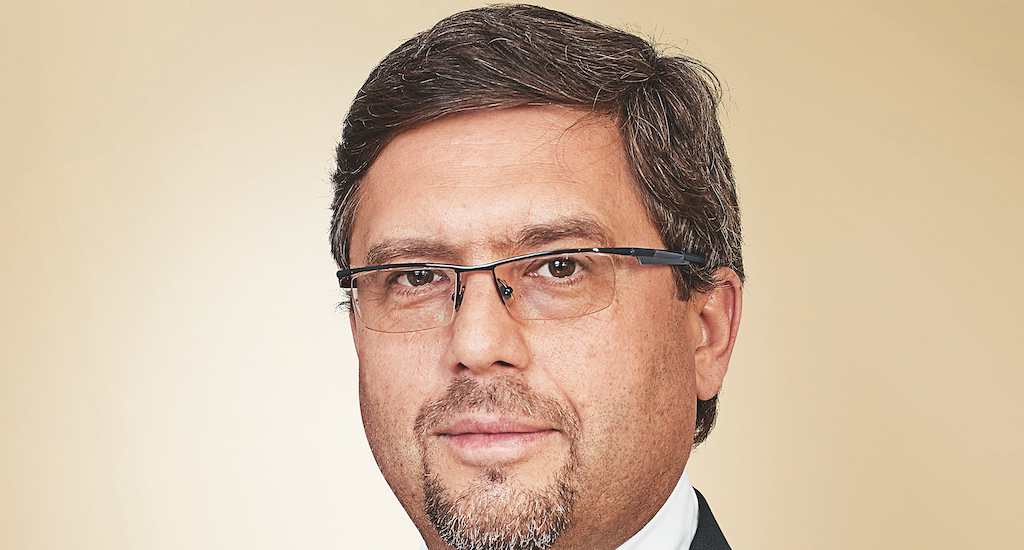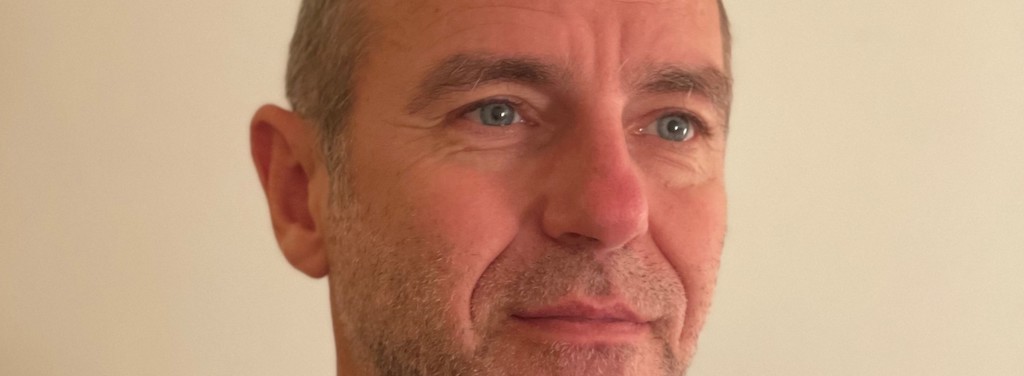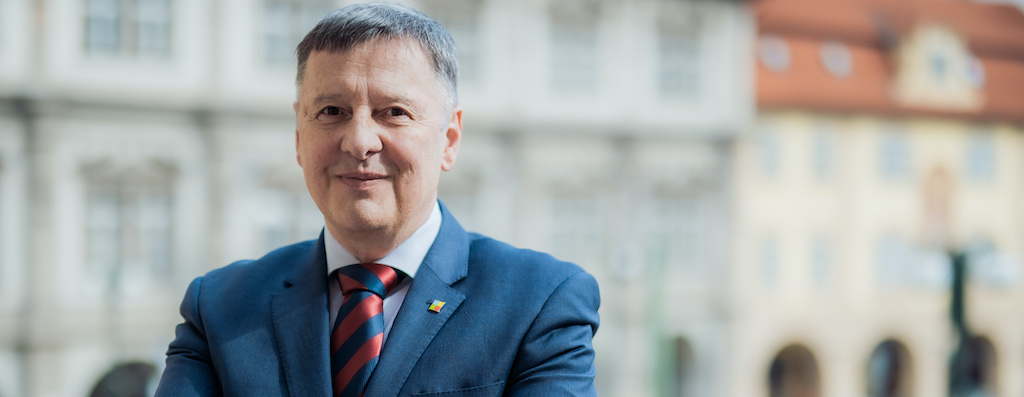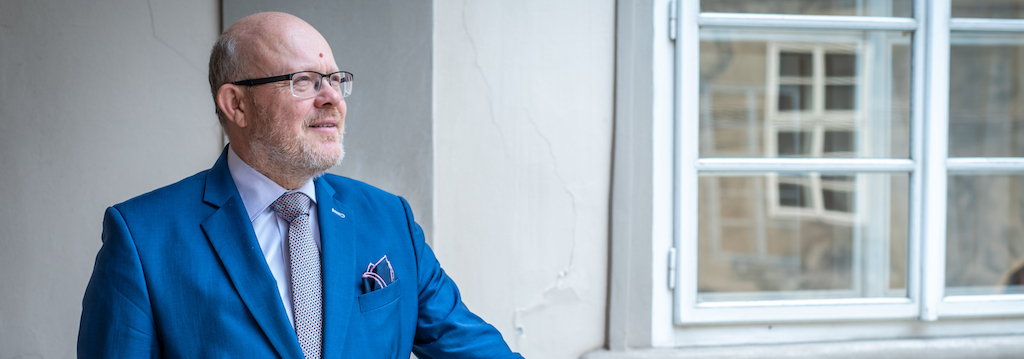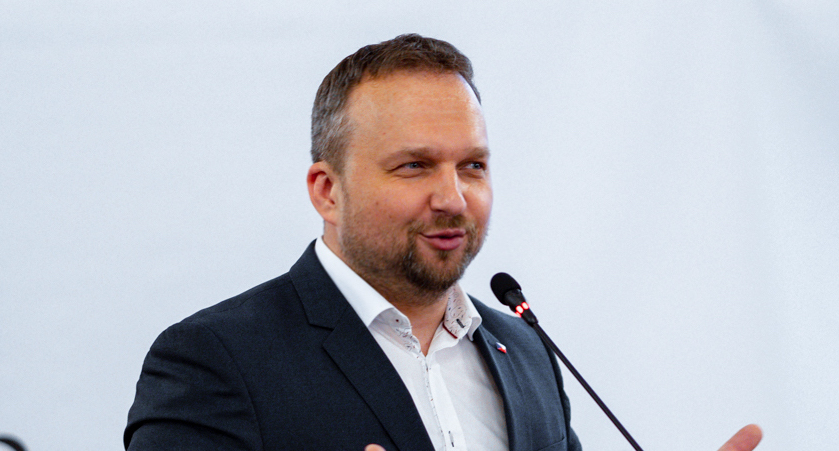“Our wish for tourism is to position Rabat and its region as a real tourist destination like Marrakech and Agadir”.
General Director of the Regional Council of Tourism of Rabat-Salé-Kénitra, Nadia Benslimane, invites us to visit her region by talking about the opportunities and prospects of development in tourism.
Can you present us the Regional Council of Tourism of Rabat-Salé-Kénitra, its establishment, its missions and competences?
Our Regional Tourism Council (CRT) was created in November 2004. This makes the tourism sector a priority sector for the region. There are CRTs in each region in Morocco. Our missions are therefore to develop tourism of course, but also to participate in the national development plan that is available in each region. We work in partnership with the Moroccan National Office of Tourism. We are also responsible for ensuring the quality of training and services offered to our visitors. The CRT that I lead is therefore a tool for development and animation under the status of consular association. Our Council brings together all regional partners: local authorities, local authorities, industry professionals (hotels, restaurants, museums, etc.) and developers – developers as well.
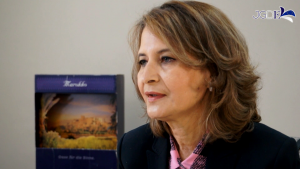
What are the strengths of the region today?
With the merger of the two Rabat-Salé regions, we have been able to diversify the tourism offer. As you know, our region is primarily agricultural and we are fortunate to have a lot of natural areas of great value (with “wet” areas that have been developed: lakes, lagoons, etc.). But our strong point is the city of Rabat itself – the historical heart of the country, its “DNA” itself – and this, as a gateway to the region but also as the capital of the kingdom , with its history and its museums, monuments, medinas, etc … The city was also classified in 2012 as a UNESCO World Heritage Site. It is indeed a model of urbanism with an architecture of exception. Rabat is a “green city”, a city “garden” (with 20 m² per inhabitant – that is exceptional according to the World Health Organization). Rabat is one of the most authentic Moroccan cities but is being modernised with new districts.
Can you give us some trends on attendance and profiles of visitors to the area?
Currently, 90% of the region’s activity is in Rabat and Salé (with its international airport). We want to double our capacity by 2020 with ongoing projects. Our main visitors come from Europe, and the French market is the first with 19% of visitors. But we are also starting to make ourselves known to other countries like Brazil, Russia and the Scandinavian countries, the Arab countries and Africa, and even India now!
What is the current regional tourism development strategy you are developing?
Our wish for tourism in the region is precisely to position Rabat and its region as a real tourist destination like Marrakech and Agadir. We are the seventh destination of the kingdom. Rabat is not very visible at present internationally. Instead, Marrakech and Agadir are “locomotives”. Rabat is a city with many museums that facilitates the organization of many exhibitions – worthy of the largest international cities. We have partnerships with museums like Le Louvre de Paris.
Our ambition is to make Rabat better known on the international scene. We need to invest in digital, social networks, etc. It is also about positioning ourselves on everything that is high value-added activity such as business tourism, golf, tourism health and well-being but also on a very popular sector too which is the agro-tourism.
Training is an important topic in tourism, what policy do you want to implement in this area?
Rabat concentrates a great deal of diversity in the field of education and training with major university infrastructures. This can and should help us to develop tourist trainings: there is a school that depends directly on the Ministry of Tourism but also private schools that develop training in the hospitality sector. We try to attract young people who are trained and develop continuous training because we can always improve to be in tune with the new needs of tourists.
The tourism and investment potential is therefore to develop, how do you envisage the positioning of the region in the future at the international level?
We are a region in full development and where there are investment opportunities in all sectors and in the tourism sector. We still have a lot of “place” on the coast to develop, but it also implies for us to invest in networks. Our Council is on this dynamic.

